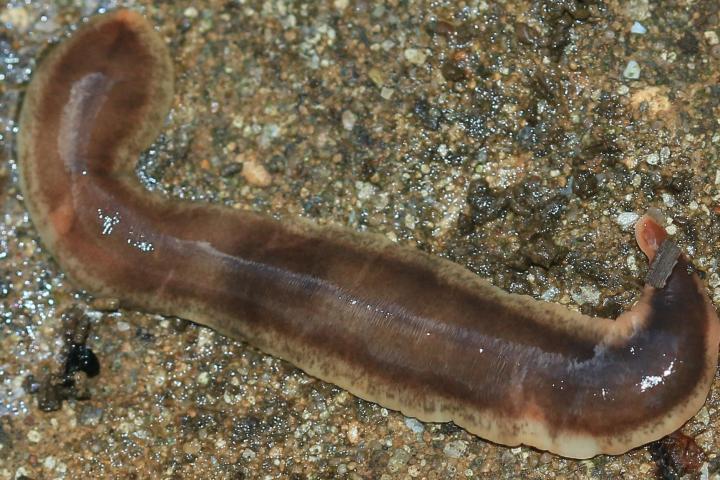
A study published in PLoS Computational Biology on June 4 is a prime example of how technology may be able to solve age-old puzzles. Daniel Lobo and Michael Levin of Tufts University have successfully programmed a computer to craft its own scientific theory.
The computer’s abilities have helped scientists learn how the flatworm regenerates into new organisms – a 120-year-old mystery that researchers had repeatedly failed to solve, according to Popular Mechanics.
Lobo and Levin’s computer was programmed to mimic real-life analyses of large-scale data repeatedly and in detail. The scientists used the computer to guess how the flatworm’s genes were able to create a regulatory network for regeneration.
They then allowed the device to take control of the simulation. In the end, they measured the accuracy of the computer’s results by comparing them to existing experimental data. The process went on for three days, and after every round, the computer’s genetic network was slightly altered to improve results. In the end, the computer had successfully created a core genetic network that matched each of the experiments in its database, giving scientists a better understanding of how genes connect.
“Beyond the planarian data, our approach is readily generalizable to facilitate the discovery of testable regulatory networks in developmental biology and biomedicine, and represents the first developmental model discovered de novo from morphological outcomes by an automated system,” wrote Lobo and Levin in their published study.
Although the computer required some tweaking along the way, Levin told Popular Mechanics that the trial-and-error approach could help develop more valuable scientific theories in the future. In some instances, there’s simply too much data for our human brains to comprehend. If there are computers that can solve these mysteries for us, it might be an incentive to invite machines to fill in some of the gaps in our flawed minds.
Editors' Recommendations
- This $30,000 computer’s source code has just been released for free
- Brain-computer interfaces have been implanted in humans for the first time
- Scientists want human trials for gene therapy that could help battle addiction


